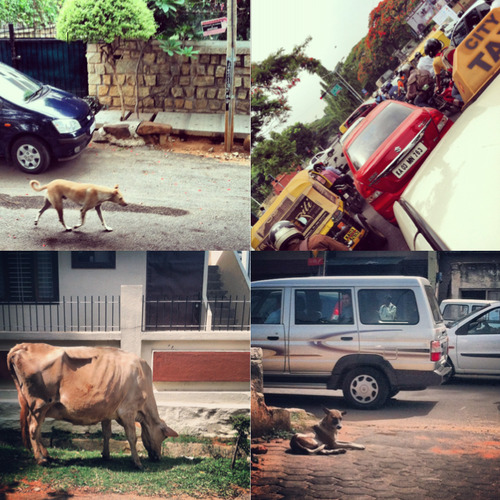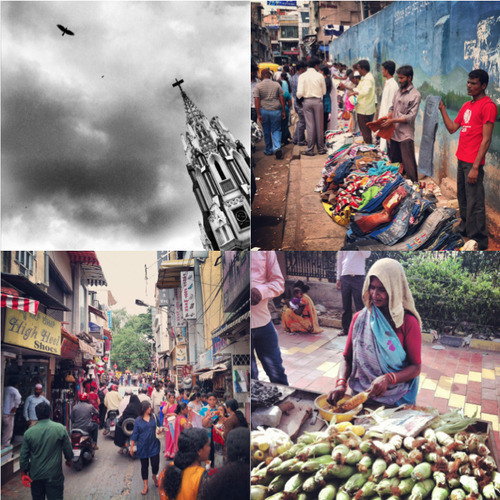 |
| with my students at Abaarso Tech in Hargeisa, Somalia (Somaliland). |
Greeting from Somaliland (a country that does not exists on the map). I am doing my summer internship as part of WDI, self-initiated fellowship. I am teaching a course at Abaarso Tech University and helping the school with curriculum design, deployment of school management system (Open SIS), and establishment of online mentorship program for Abaarso Tech high school students. Abaarso is unique place that strives to provide quality education the region. I have been a fan and supporter of the school and their mission.
Somaliland is semi-independent region in Northern Somalia.
Somaliland is trying to get international recognition from the rest of the
country, but no nation recognizes it as a country. For the last twenty years,
the country has beacon of hope comparing to the rest of Somalia. It is bustling
with commerce activities, especially in telecommunication sector. The country
has one of the lowest international calling rate and remarkable 3G network that
covers most of the country.
Beside my work with Abaarso Tech and WDI, I am working to
deploy a voice XML application, where citizens in Hargeisa can access
information about government operations and provide feedback. The system is
sophisticated application that posts phone call to Youtube and Facebook. I am
working on this project in collaboration with Microsoft Research in India and
the Somaliland telecommunication ministry.
So far, I have taught three classes and helped my students design a basic site. I am in the deployment phase of my second project. Since I am in charge of all my tasks, I
haven’t had much time to relax and enjoy the country. But Hargeisa, the capital of Somaliland has grown tremendously.
The dusty narrow streets of Hargeisa are jammed with cars, donkey cars, goats, and
impetuous pedestrians. It has exploded with commerce activities. the traffic is worse than driving in San Francisco or across the Bay Bridge.
Of the major surprises in Hargeisa so far is the level of
the advertisements in streets of Hargeisa. Billboards, large screens and posters are everywhere. The
private sector is flourishing the country. Somaliland Diaspora and regional
investment has filled a void in lack of international aid and political interventions.
The private sector runs all the services in the country except security:
electricity, water, trash collection, better and preferred grade schools,
telecommunication, and hospitals are all provided by the private sector. This is different
if you look at the economic model of developing countries especially in
neighboring countries, where the central government controls most of
infrastructure and essential services. With all these success, Somaliland is still
a weak state with no strong institutions. Government does not have the capacity to
enforce regulations and collect taxes. I hope my communication tool will felicitate
better communication between the public and the government.
I hope to complete my goals during this summer. I will try to write journalistic pieces that highlights technological innovation in Somaliland and the role of the Diaspora in creating economic opportunities. I am not good at keeping blogs and my schedule is packed for now. I will try to post more detail reports in economic development about specific topics that all WDI and school of Information people can relate to. Here are some pictures from the Somaliland. Here more pictures of my students and scenery picture. The internet connection is too slow (dialup speed), I will post more pictures soon.
I hope to complete my goals during this summer. I will try to write journalistic pieces that highlights technological innovation in Somaliland and the role of the Diaspora in creating economic opportunities. I am not good at keeping blogs and my schedule is packed for now. I will try to post more detail reports in economic development about specific topics that all WDI and school of Information people can relate to. Here are some pictures from the Somaliland. Here more pictures of my students and scenery picture. The internet connection is too slow (dialup speed), I will post more pictures soon.





































